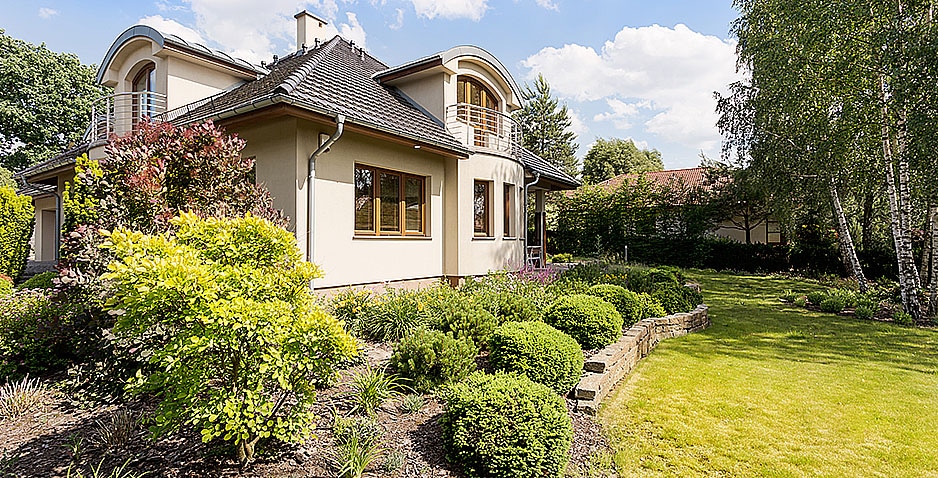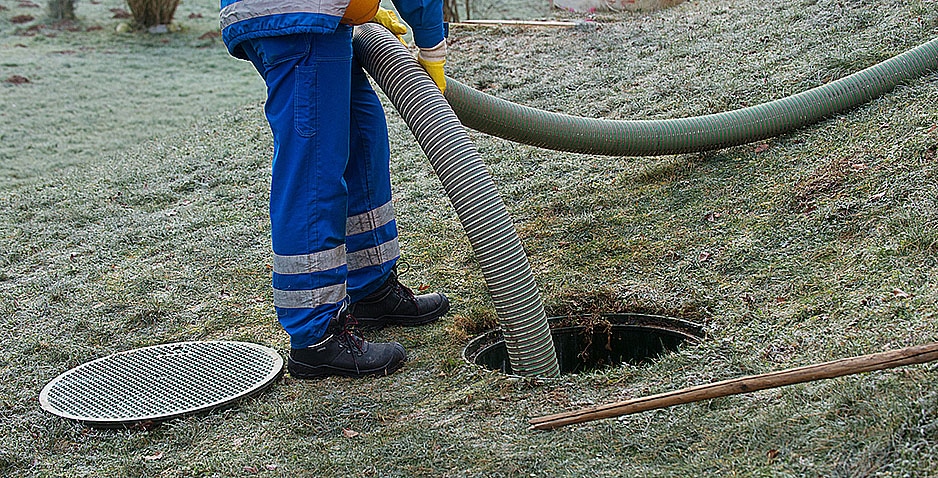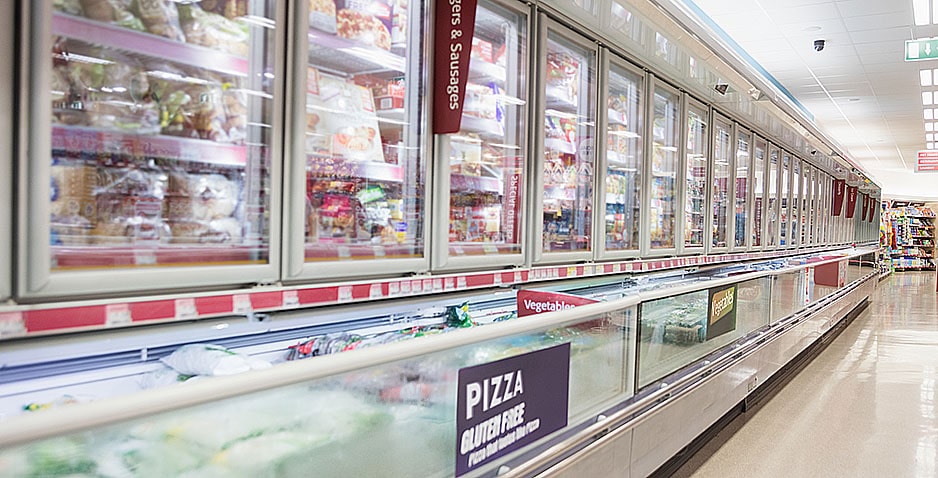Patios are constructed from one of the six primary materials. However, the type and material you choose will ultimately determine how your patio will look. These are just a few of the considerations you should evaluate before calling patio builders.
The patio material will be chosen only by the location of your patio, the size of your outside area, your personal preferences, and your budget.
Make ensure that everything is in conformity with local rules before beginning your patio building project. Additionally, confirm that all requirements have been satisfied.
The best patio materials available on the market
We have prepared a comprehensive list of the best patio materials, as well as their uses, in this page.
Concrete is perhaps the most adaptable and versatile patio material for patio flooring. It is a tried-and-true product made of water, sand, cement, and gravel. It is also available in a number of forms and finishes.
If your contractor employs well-constructed material forms, concrete may be molded to fit any surface shape. Concrete’s fundamental benefit is that it can be readily brushed, scored, stamped, dyed, or decorated.
Bricks
Bricks are made by burning a mixture of various materials and clay in brick kilns. This has been the traditional way of producing bricks for thousands of years. As a consequence, it is time-tested, similar to concrete, and has a long lifespan. It also has a very conventional and clean aspect that compliments almost all architectural styles.
It is much more flexible than concrete in this way. Popular outdoor patio brick patterns include running bond and herringbone
Flagstone
Flagstone is another well-known mineral that is easily identifiable by its irregular pattern. This material is often marketed as 1.3-inch-thick stone slabs. Because of the rough surface, the floor gives strong grip when wet. Flagstone comes in a variety of colors and textures, including sandstone, as well as bluestone, quartzite, and limestone.
When used on patios, flagstone should be at least one and a half inches thick. Furthermore, the slabs should be placed on the sand, bed, or soil right away. Thin layers of flagstone are also used by certain constructors. Thinner layers, on the other hand, must be applied on top of the wet mortar to lessen the risk of cracking.
Tiles are a current alternative that is used in houses with modern architecture. In the case of patios, we recommend using unglazed ceramic tiles. The glazed ones may be used to highlight and define edges. This is due to the fact that glazed tiles may be harmful when wet since they create a very slippery surface. As a consequence, glazed tiles may be a tripping hazard in the rain.
Quarry and porcelain are the most common types of unglazed patio tiles. When it comes to tiles, though, stains are a serious concern. Coatings and sealers may aid in the prevention of these stains. They can also defend against moisture, helping them to preserve their color for a longer amount of time.
Conclusion
While the materials indicated above are often used in outdoor patios, there are several more possibilities. In this respect, you may wish to do some study before deciding on a material.
Remember that each material has its own set of pros and downsides. You will be able to make better judgments about your patio building project and receive the greatest value by knowing more about it.
Do not forget to ask your local patio builders Long Island about all of your options. Expert advice tailored to your individual situation may go a long way toward aiding you in building the patio of your dreams!



